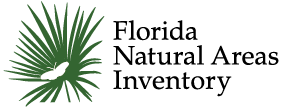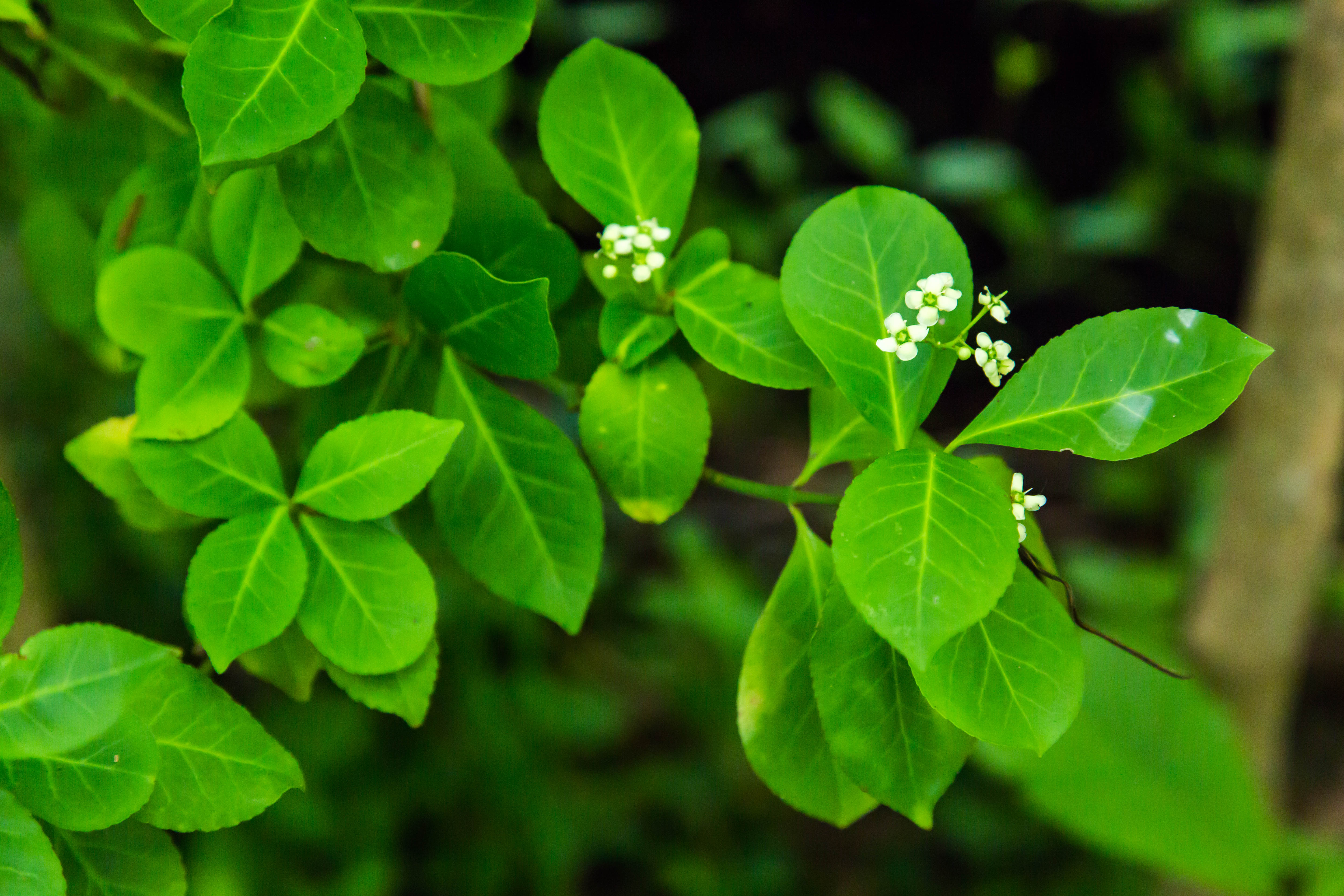Euonymus fortunei


Common Name: winter creeper
Family: Celastraceae
Common Synonyms: Euonymus fortunei var. radicans
USDA Hardiness Zone: 4b-9b
Growth Habit: Shrub
Origin: Asia
FISC Category: -
FDACS Listed Noxious Weed: No
Introduction Date: Earliest Florida specimen vouchered in 1887
IFAS Assessment:

Evergreen subshrubs, ascending or procumbent on ground or rock, trees sometimes dwarfed, to 10 m tall. Leaves densely arranged on branches; petiole 2-9 mm, sometimes sessile; leaf blade variously ovate or ovate-elliptic, 2-5.5 × 2-3.5 cm, glabrous, base nearly truncate, at times ± cuneate, margin crenulate to serrate, apex obtuse to acute; lateral veins 4-6 pairs, invisible. Peduncle usually with few flowers; pedicel usually less than ca. 5 mm. Flowers 4-merous, ca. 5 mm in diam.; sepals semirotund; petals nearly orbicular, greenish or whitish. Capsule brown to red-brown, 5-6 mm in diam.
Disturbed areas, floodplain, mesic, and dry-mesic forests dominated by deciduous hardwoods; open field and scrub
Propograted via softwood cuttings. Flower April to June and Fruit September to December

Can root from cut stems.
IFAS, UF. 2017. Assessment of Non-Native Plants in Florida's Natural Areas. Euonymus fortunei. https://assessment.ifas.ufl.edu/assessments/euonymus-fortunei/ Accessed March 27, 2022.
CABI. 2017. Invasive Species Compendium. Euonymus fortunei (wintercreeper). https://www.cabi.org/isc/datasheet/23204 Accessed March 27, 2022.
Dave's Garden. 2022. Euonymus, Wintercreeper 'Silver Queen'. https://davesgarden.com/guides/pf/go/81766/ Accessed March 27, 2022.
Wunderlin, R. P., and B. F. Hansen. 2008. Atlas of Florida Vascular Plants (http://florida.plantatlas.usf.edu/).[S. M. Landry and K. N. Campbell (application development), Florida Center for Community Design and Research.] Institute for Systematic Botany, University of South Florida, Tampa.
